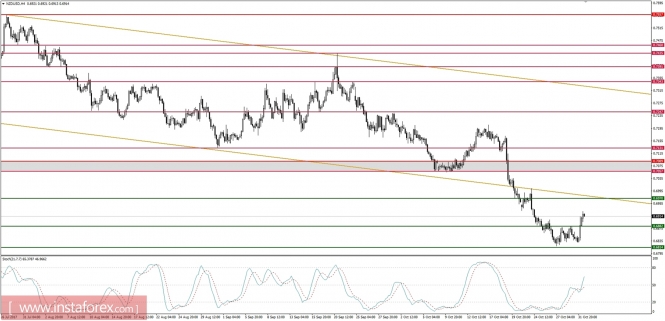The New Zealand unemployment rate dropped to 4.6% in the three months ended September 30 down from 4.8% in June, Statistics New Zealand said in its household labor force survey. That's the lowest level since the December 2008 quarter when New Zealand was in recession, and below the 4.7% predicted in a Bloomberg poll of 12 economists. Employment rose 2.2% in the quarter to 2.59 million and was 4.2% higher than a year earlier. Economists had expected a 0.8% quarterly gain. More than 85% of the growth in employment was from full-time job vacancies. The participation rate rose to 71.1% from 70.0% in June as 54,000 more people entered the workforce, and marked a record. While the huge increase was a "little puzzling," labor market and household statistics manager Diane Ramsey said Statistic NZ was confident in the integrity of the data. She said: "This is in line with stronger quarterly working-age population growth and near record high annual net migration".
Since the peak in 2013 at the level of 7.3%, the unemployment rate in New Zealand has been slowly decreasing to sink to a nine-year low at 4.6%. If the increase in employment will be followed by the wage increases, then the consumer spending should follow as well. In turn, the odds for an increase in inflationary pressures will increase as well. From there is an open road towards the next interest rate hike by Reserve Bank of New Zealand.
Let's now take a look at the NZD/USD technical picture at the H4 time frame. The market has managed to break out above the technical resistance at the level of 0.6882 and it is currently heading towards the next resistance at the level of 0.6970 (which is a 38% Fibo retracement as well). The key level to the upside is still the zone between 0.7057 - 0. 089.

